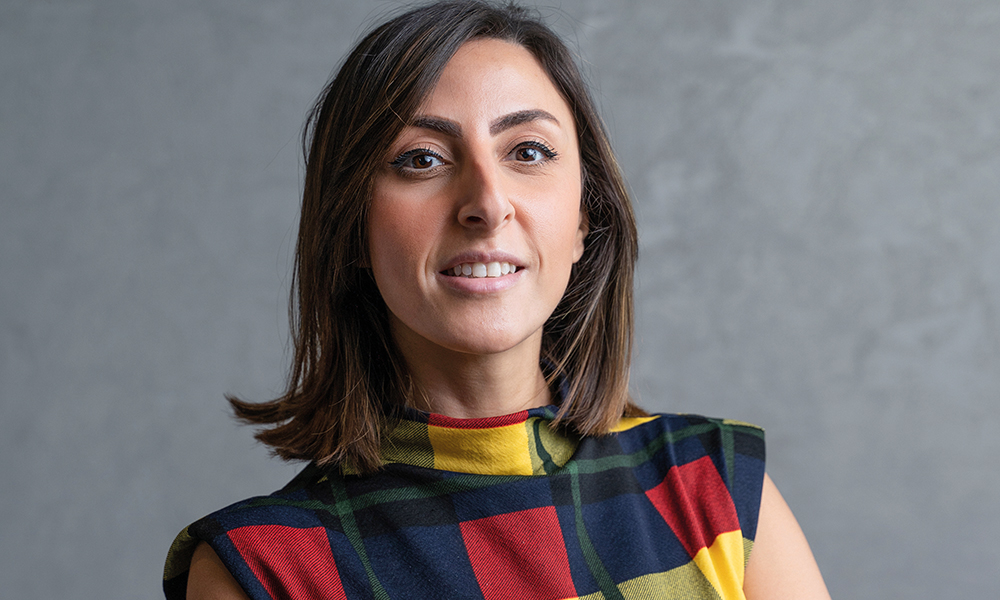Cultural infrastructure (CI) is the physical and institutional elements that support the propagation and preservation of culture. This includes museums, libraries, public spaces and cultural districts; along with educational institutions, research centres besides policies, regulations, and funding mechanisms that support the arts and culture sector.
CI is rooted in two-core principles: empowering people to partake in development that recuperates their lives; achieving the value-chain of cultural expressions, requires access to opportunities for cultural exchange and support for the preservation of cultural heritage.
Why is the term arising?
The cultural curve in placemaking has been growing since the 1980s. However, the study of culture is a fairly new entrant in the dictionary of development. Surprising right? Failing spaces around the world have created awareness around cultural aspects that should have been considered during initial development phases. Cities learnt that by overlooking the cultural dimensions of a community, spaces don’t resonate with their resident’s social cohesion, and an inclusive and equitable environment approach that promotes community identity and a sense of belonging is required.
The growing global role of culture is exemplified in the UAE. Increasing emphasis on bottom-up and participatory approaches to placemaking is witnessed; this led to collaborative initiatives that address both soft power initiatives through cultural relations, as well as those focused on placemaking transformation. Accordingly, communities participate in the design and use of public spaces, fostering a sense of place-based identity and belonging.

Where does the UAE fall in the map of CI growth?
The UAE has emerged as a significant CI player, showing focus on studying the complex and subtle ways in which culture influences a city’s development. The UAE has invested in many cultural initiatives that reflect its commitment to preserving and promoting CI. These include “Hala China” and the “Sheikh Mohamed Bin Rashid Centre for Cultural and Social Understanding” initiatives, as well as the “Zayed National Museum” and the “Abrahamic Family House” in Abu Dhabi. Other examples are the country’s Heritage Villages, experiential centres and museums.
What are the challenges the UAE faces in further integrating CI? How can it be tackled?
The UAE has an unusual proportion of expatriates, making-up over 80% of the population. The expat community brings a diverse range of cultural backgrounds, which can enrich the cultural landscape of the UAE. Yet, this entails that the management of CI must account for the ever-changing needs and interests of this diverse population.
The arrival of large groups from a country can lead to increased demand for cultural programming that reflects their interests. Enrichment of cultural diversity is probably the most exciting thing about this, whereby the community is inspired to explore new cultural traditions and perspectives.
The UAE demonstrates remarkable adaptivity, creating initiatives such as the implementation of multi-lingual signage tailored to the cultural concentration of the expat community of the area, and others such as introducing innovation hubs in the capital to attract cultural talents and feed the integration of new cultures. These adjustments show commitment to inclusivity and sensitivity to the diverse needs of the population.
UAE expats are fusion humans born from the amazing exposure they get. The UAE expat demographic has its challenges and opportunities; and there is no better country to handle that than the UAE.

